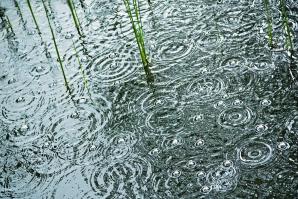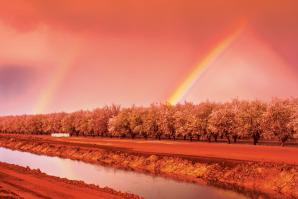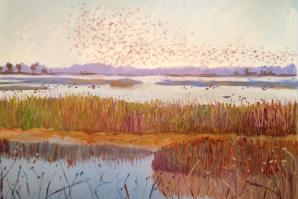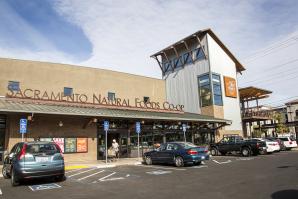
Livestock Production Drinks Up Water in Drought-Stricken California
Meat and dairy production the biggest water guzzling industry in the state
As California enters its sixth year of drought, residents and businesses aim to conserve water. But amid such hyper-hydro-awareness, there has been little attention paid to the production of meat and dairy, by far the biggest water guzzling industry in the state.

Rising Conflict
Residents of Sacramento’s first net-zero energy community claim their homes may not be net zero after all
Less than three years after its first resident moved in, the highly-touted energy-efficient development in Sacramento called 2500 R Street is now mired in a legal dispute over the alleged false advertising of its homes as net-zero energy and LEED-certified.

California Keeps On Farming, With or Without Water
California agriculture, which had been plowing ahead in the face of a major drought, finally had an off year in 2015, according to data released recently by the U.S. Department of Agriculture. The state’s farms brought in cash receipts of an estimated $47.1 billion (this will be revised in the months and years to come), down from a record $56.6 billion in 2014.

Infographic: Imagine a Capitol Mall Rain Garden
Sacramento artist Stephanie Taylor envisions what Capitol Mall would look like, and the benefits it would bring, as a rain garden.

Bridge Over Troubled Waters
Sacramento water agencies work together, adapting to drought and planning for a future of growth
While California is all-consumed with water wars, the Sacramento region’s efforts toward collaboration are easy to overlook. The best example is the landmark Water Forum Agreement, which 22 water agencies from Sacramento, El Dorado and Placer counties signed in 2000 to balance the environmental and human needs of the lower American River. Now, water agencies have joined together to launch the River Arc Project.

Excerpts From the Book ‘Water: More or Less’
Sacramento water expert and local artist pen book on California water
Recently published book includes reflections on the changing landscape of California water by 20 top water leaders.

Meat, Water and Global Warming
Despite environmental impacts of livestock, restaurants aren’t giving up their meat
According to some ecologists and experts on global agricultural trends, our eating habits must change dramatically if we are to overcome environmental issues facing the planet and its future generations.

What’s for Dinner?
Ann Evans, a founder of the Davis Farmers Market, updates her cookbook
The Davis Farmers Market was founded in 1976 by a group of residents that included Ann Evans, local author, publisher and consultant. She’s still involved with the market today and wants to inspire more people to shop and cook seasonally.

Shopping the New Sacramento Natural Foods Co-Op
It’s bigger, brighter and nearly doubling the business
Kurt Spataro has shopped at the Sacramento Natural Foods Co-Op in three different locations since the 1980s, but he sees “a lot of new things to discover” at the co-op’s bigger and brighter new home at 2820 R St.

Success Through Collaboration
Cool Davis tries to find the fun in community fundraising
Like many local nonprofits, Cool Davis is challenged with limited funding opportunities, harnessing the talents and energy of diverse people and organizations to a common vision and purpose, and finding a positive and effective message to inspire and care for our community in the face of a rapidly worsening view of the future.


